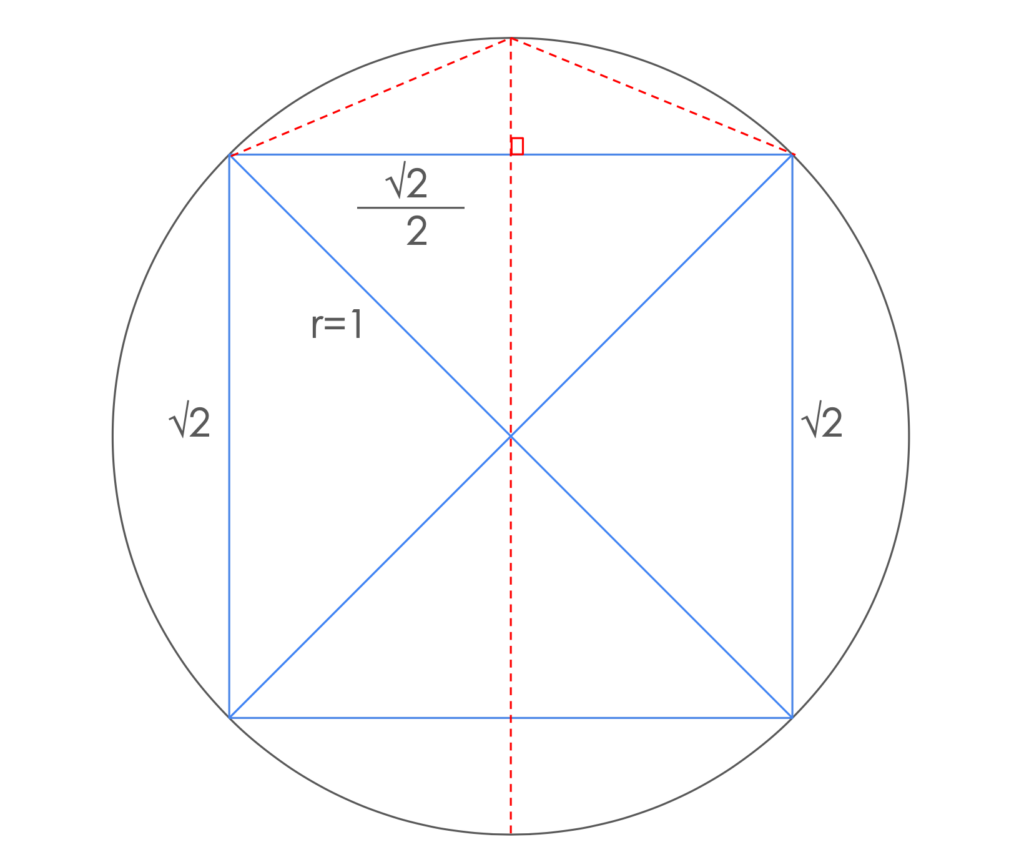“Your life will be a story. It will be your story, with its highs and lows, its heroes and villains, its forks in the road that mean everything.” – Steve Jobs
It was a hot summer afternoon. The sun was starting to make its journey to the horizon. I was riding home on my bicycle after school. It was muggy but I was enjoying the cool breeze as I coasted down the neighborhood street. As I passed under a canopy of trees, I noticed how the branches were casting interesting patterns of light on the pavement below. It seemed to dance back and forth across the narrow road as if it were swaying to the music. My tires hummed along, wading through the light and dark patches. In the distance, I could hear cicadas. Their loud evening ballad of electrical buzzing sounds seemed to reach a crescendo as I drove deeper into the woods.
Click, click, click. My pedaling and the chain of my bicycle added a soothing rhythm section to the ambient song. I saw birds swooping from tree to tree and gently landing on neighboring power lines. They chirped and chattered, comparing notes from the day’s adventures. It was refreshing. I let my mind soak in everything around me. It was so peaceful. I was almost home.
I often think of moments like that and love to relive those times. My mind is full of stories, recollections, and feelings. Each passing year, I add more to my collection. They are like magical golden blessings that grow more valuable the more you remember them, tell them, and use them. Few things in life are like that! Stories are powerful.
We are storytellers. We craft and crave narratives that inspire, inform, and entertain us. Since the beginning of our human family we have passed down our experiences and knowledge through stories. They connect us. They bridge our human experience. They transcend time and space. They are deeply part of what it means to be human.
As we approach World Storyteller Day this Wednesday, think about your story. How is your story going? What can you tell or teach us? Don’t be afraid. Tap into your memory and find one of those gems. Relive that moment and maybe even consider telling it to someone else. That’s what it means to be human, after all. We are storytellers.
Excuse me for a few minutes… I need to get back on my bicycle…





